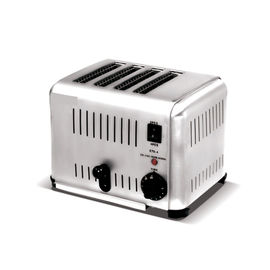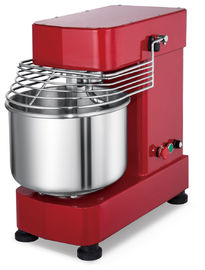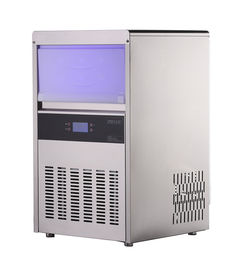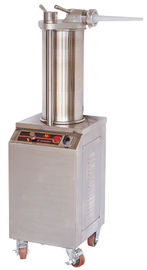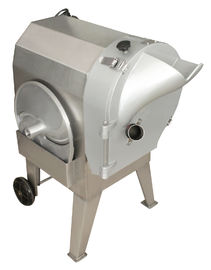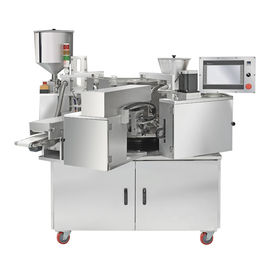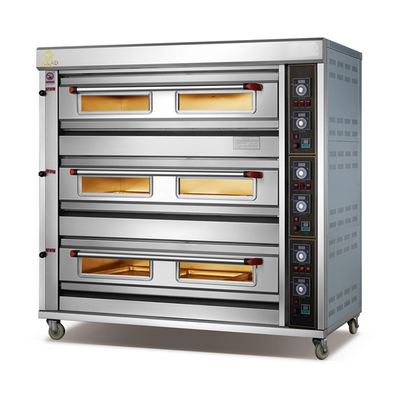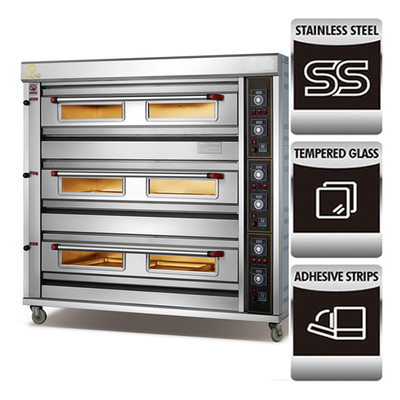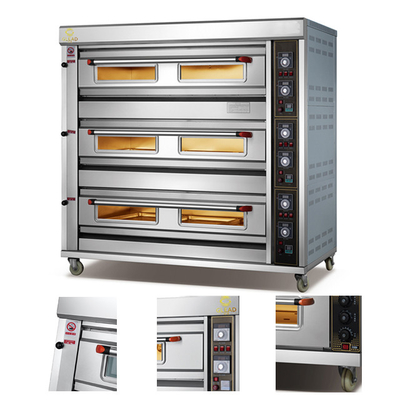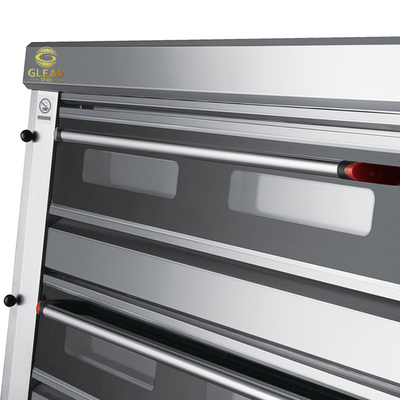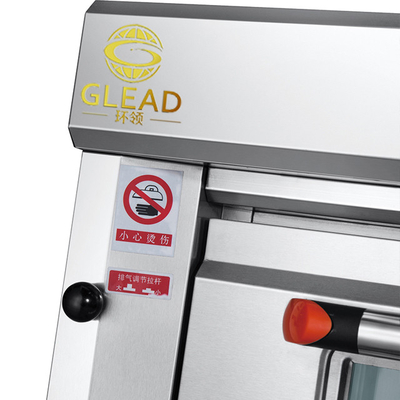cremagliera prezzi konveksi sublimation rofco bread oven mitts for hot air fryer pizza turbo chef dryer ovens
| product name |
deck oven |
| material |
stainless steel |
| power source |
eletric / gas |
| voltage |
220v/110v |
| tempareture |
0-400°C |
A deck oven is a type of commercial oven used for baking bread, pizzas, and other baked goods. It is typically found in professional bakeries, pizzerias, and restaurants. Here is some general information about deck ovens:
-
Construction: Deck ovens are usually made of sturdy stainless steel and have one or more baking chambers called decks. Each deck consists of a thick stone or ceramic baking surface that retains and distributes heat evenly.
-
Heating: Deck ovens can be heated using electricity, gas, or wood-fired burners. Some models allow for different heat settings on each deck, enabling simultaneous baking of different products.
-
Baking Capacity: Deck ovens come in various sizes and configurations. They can have one to multiple decks, and each deck can accommodate several baking trays or pizza stones. The capacity depends on the oven’s dimensions and the number of decks.
-
Heat Distribution: The decks in a deck oven are designed to provide consistent heat distribution. The heat radiates from the deck surface, ensuring even baking and crispy crusts.
-
Steam Injection: Many modern deck ovens feature a steam injection system. Steam helps create a moist baking environment, which is essential for achieving a crispy crust on bread and a tender texture on other baked goods.
-
Temperature Control: Deck ovens typically have separate temperature controls for the top and bottom elements (or deck and ceiling). This allows bakers to adjust the heat according to the specific requirements of their recipes.
-
Versatility: Deck ovens can be used for various baking applications, including bread, pastries, cookies, cakes, and of course, pizzas. The ability to adjust temperature and heat distribution makes them versatile for different baking needs.
-
Energy Efficiency: Many modern deck ovens are designed to be energy-efficient, with insulation and heat retention features that reduce energy consumption and speed up preheating times.
Overall, the deck oven’s design and features make it an excellent choice for professional baking, offering versatility, reliability, and consistent baking results.
Using a deck oven requires proper setup, preheating, and baking techniques. Here is a step-by-step guide on how to use a deck oven effectively:
1. Setup:
a. Ensure the oven is clean and free from any debris or residue.
b. Make sure the oven is properly connected to the appropriate power source or fuel supply.
c. Position the baking trays or pizza stones on the decks as needed.
d. If the oven has a steam injection system, fill the water reservoir and ensure it is functioning correctly.
2. Preheating:
a. Turn on the oven and set the desired temperature for each deck. Follow the manufacturer's instructions for preheating times.
b. Allow the oven to preheat fully before loading any baked goods. This ensures that the decks are evenly heated.
3. Loading the oven:
a. Prepare your dough or batter according to your recipe.
b. Transfer the baked goods onto the baking trays or pizza stones, leaving enough space between each item.
c. If using a steam injection system, activate it just before loading the goods to create moisture in the oven.
4. Baking:
a. Carefully place the loaded trays or stones into the preheated oven decks.
b. Close the oven door to retain heat and maintain the baking temperature.
c. Monitor the baking process through the oven window or by opening the door briefly when needed. Avoid opening the door too often, as it can affect the oven's temperature and baking consistency.
d. Utilize the separate temperature controls for top and bottom elements or adjust the heat distribution as needed during baking.
e. If your recipe requires steam, you can manually inject steam into the oven by using a spray bottle or misting the goods before placing them in the oven.
5. Baking time and adjustments:
a. Follow the recommended baking time for your recipe, but keep an eye on the goods to prevent over or under-baking.
b. If necessary, rotate the trays or stones within the oven to ensure even baking.
c. Adjust the temperature or heat distribution if certain items require different baking conditions.
6. Cooling and removing baked goods:
a. Once the goods are fully baked, remove them from the oven and place them on cooling racks or other suitable surfaces.
b. Allow the baked goods to cool completely before serving or further processing.
Remember to always refer to the specific instructions provided by the manufacturer for your deck oven model, as there might be additional features or considerations that are unique to your oven.




 Your message must be between 20-3,000 characters!
Your message must be between 20-3,000 characters! Please check your E-mail!
Please check your E-mail!  Your message must be between 20-3,000 characters!
Your message must be between 20-3,000 characters! Please check your E-mail!
Please check your E-mail! 
